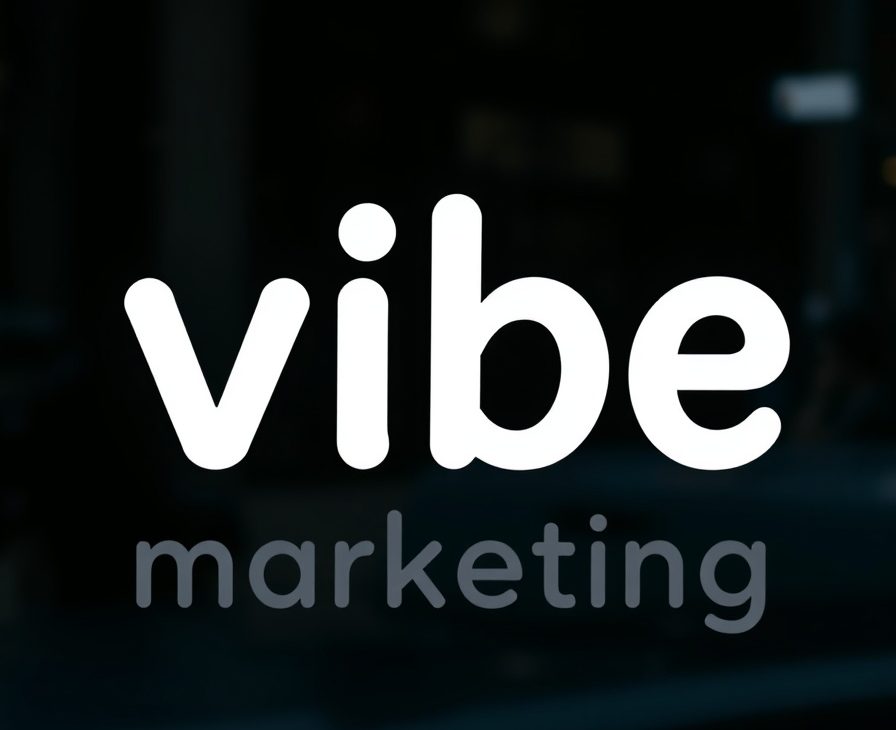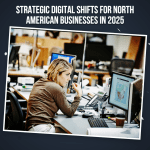Introduction: A New Marketing Paradigm for the Modern Consumer
In 2025, the expectations of consumers are being redefined by rapid digital evolution, widespread use of artificial intelligence, and an increasing emphasis on emotional relevance. As small and medium-sized businesses seek to maintain their competitive edge in this dynamic environment, traditional marketing methods are proving insufficient.
One emerging strategy that merits serious attention is vibe marketing. More than a passing trend, vibe marketing represents a strategic shift in how businesses communicate with their audiences. It emphasizes emotional connection, cultural relevance, and real-time responsiveness, supported by automation and AI-driven tools. This article explores the foundational principles of vibe marketing, its benefits for small businesses, and its significance within a broader strategic framework.
Defining Vibe Marketing
Vibe marketing is best understood as the alignment of brand messaging with the emotional and cultural expectations of the target audience. It is not about individual campaigns or slogans, but about creating a consistent emotional tone across all customer touchpoints.
At its core, this approach leverages digital tools to ensure that content resonates with the audience’s values, language, and expectations. The emphasis is not only on what is communicated, but also on how and when it is delivered.
Through strategic use of short-form content, AI-powered insights, and cultural fluency, businesses can project an energy or “vibe” that aligns with their customer base. This enables stronger loyalty, higher engagement, and more sustainable growth.
Why Vibe Marketing Matters in 2025
Several macroeconomic and technological shifts are contributing to the rise of vibe marketing as a strategic necessity:
- Decreased Attention Spans
The average digital content viewer decides within three seconds whether to continue engaging with a piece of content. This compresses the window for brands to create a positive impression. - Cultural Fluidity
Trends, language, and expectations shift rapidly in the digital ecosystem. Businesses must be able to adapt in real time, or risk irrelevance. - Technological Accessibility
The democratization of content creation tools, such as Jasper, CapCut, Canva AI, and Glimpse, means that even businesses with modest budgets can produce dynamic, high-performing content. - Emotional Preference
Modern consumers prioritize how content makes them feel over how polished it appears. Authentic, emotionally resonant content often outperforms highly produced but emotionally neutral campaigns.
Core Principles of Vibe Marketing for Business Leaders
A well-structured vibe marketing strategy integrates five critical components. Together, these principles form the foundation of an effective implementation roadmap.
1. Emotional Resonance Over Aesthetic Perfection
The traditional emphasis on flawless design and scripted messaging is being replaced by a focus on emotional relatability. Consumers increasingly engage with brands that demonstrate authenticity and empathy.
This does not suggest a lack of professionalism. Rather, it acknowledges that emotionally driven narratives and spontaneous, human-centered content often lead to stronger connections than overly controlled campaigns.
2. Cultural Relevance and Agility
Brands must speak in the language of their customers. This includes adopting the platforms, slang, and tone that resonate with the current cultural moment.
Whether through TikTok trends, Instagram Reels, or user-generated content, businesses need to participate in conversations that are happening in real time. Success lies in becoming culturally fluent without appearing opportunistic.
3. AI-Powered Responsiveness
Modern tools now allow businesses to iterate and deploy marketing assets at unprecedented speed. AI-powered platforms can assist with content generation, editing, distribution, and performance analysis.
This agility means businesses can test messaging, adapt creatives, and react to feedback within hours instead of weeks. The strategic benefit is twofold: faster execution and greater alignment with audience expectations.
4. Real-Time Feedback Integration
Vibe marketing relies heavily on listening. Feedback is not confined to formal surveys. It is present in comments, reactions, direct messages, and community sentiment.
Businesses must implement systems to analyze this feedback and adjust their content strategies accordingly. This includes leveraging AI tools to parse emotional tone, detect patterns, and recommend adjustments.
5. Transparency and Credibility
Transparency is a core element of modern brand trust. Businesses that communicate openly about changes, respond honestly to criticism, and demonstrate a commitment to improvement build lasting credibility.
Public updates, customer success stories, and operational insights shared through social content can reinforce a brand’s authenticity. This not only strengthens loyalty but also encourages advocacy from existing customers.
Strategic Implementation: A Framework for SMBs
For small and medium-sized business owners, the transition to vibe marketing need not be overwhelming. The following framework provides a practical entry point:
Step 1: Conduct a Messaging Audit
Evaluate existing marketing materials. Identify which content feels disconnected, outdated, or impersonal. Assess whether the current tone aligns with the emotional needs of the intended audience.
Step 2: Identify Automation Opportunities
Select five or more tasks that can be automated through AI, such as copy generation, image creation, scheduling posts, or monitoring feedback.
Step 3: Pilot Short-Form, Emotionally Charged Content
Use low-cost tools to create and test short-form videos, narrative-driven posts, or unfiltered testimonials. Track performance across multiple platforms.
Step 4: Use Emotion-Based Analytics
Move beyond traditional metrics. Platforms like Glimpse allow for emotional sentiment tracking, which can help refine messaging based on how users feel rather than just what they click.
Step 5: Practice Transparent Communication
Share product improvements, respond publicly to questions, and involve your audience in the process. This transparency builds credibility and reinforces your vibe.
Measurable Impact: Early Indicators of Success
The strategic effectiveness of vibe marketing is not theoretical. It is already demonstrating positive results across North American SMBs.
- Brands adopting emotional-first video content have reported 40 to 60 percent increases in engagement rates.
- Businesses using cultural trends within their content have seen up to 3 times the average reach of traditional formats.
- AI-driven content creation has allowed SMBs to reduce marketing costs while maintaining or improving performance.
- Real-time adaptation has improved customer satisfaction and retention metrics across sectors, including retail, services, and healthcare.
These outcomes underscore the long-term potential of vibe marketing when implemented strategically.
Vibe Marketing as a Strategic Imperative
In the evolving digital marketplace, connection matters more than promotion. Vibe marketing offers a structured approach for small businesses to remain culturally relevant, emotionally engaging, and operationally efficient.
By leveraging AI, focusing on real human experiences, and staying attuned to shifting audience expectations, businesses can foster deeper relationships and achieve sustained brand growth.
As 2025 unfolds, vibe marketing will no longer be optional. It will be a core differentiator for businesses that seek not just to compete, but to lead.








